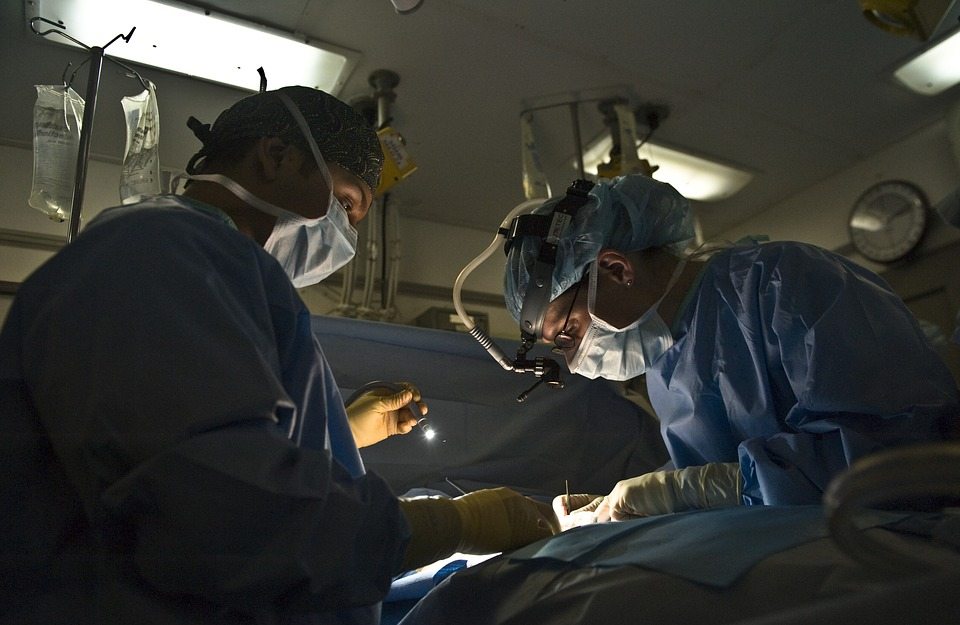2017: the year of the world’s first-of-its-kind bone tissue transplant.
How a host body will react is one of the biggest concerns with transplants, grafts, or transfusions. When it comes to bleeding edge medical tech, these concerns magnify.
Could lab-grown tissue reduce rejection risks?
Lab-Grown Bones Reduce Implant Rejection RiskClick To TweetA Successful Human Trial
We recently published an article about negative trials, yet this clinical trial was anything but negative. A patient at Emek Medical Center received a revolutionary bone tissue transplant. How so? Well, the bone itself was grown in a lab.
A History of Complications; A Future of Innovation
The biological reason for transplant rejections is fairly simple: the body attacks foreign or previously unrecognized entities.
Despite various tests to mitigate rejection risks, transplants can still fail. MHC–major histocompatibility complex proteins–is the reason for most transplant failures and rejections. So how did this organic lab-grown bone tissue medtech transplant circumvent this?
They used tissue from the patient receiving the transplant!
Bonus Biogroup of Haifa developed tissue engineering technology that utilized fat cells from a patient with severe bone loss.
Eleven patients in an early-stage clinical trial had the liquid tissue (made of their own fat cells) injected into their jaws. The liquid tissue hardened in a matter of months, merging with existing bone to repair previous bone loss.
A Zero Percent Chance for Rejection?
As with many medtech advancements, people question the bold claims of the tech. Could this medical technology really eliminate the risk of rejection?
Despite these reasonable doubts, Dr. Nimrod Rozen, head of Orthopedic surgery at Emek Medical Center, had this to say: “The technology we developed allows us to grow a bone that is based on a patient’s biological tissue, so there is no danger that the patient’s body will reject the implant.”
Due to the tissue being injectible, this means easier tissue grafts. The greatly reduced recovery time for receiving patients is another added bonus.
“The special features of the implants enable preservation of cell properties during implantation and the creation of a high-quality bone functioning in the transplanted area…” Rozen says.



















HOW TO RECOVER YOUR CRYPTO / BITCOIN FROM SCAMMERS.
I want to share to the whole world how GEO COORDINATES HACKER helped me recover my stolen money. I thought I was going to lose everything I had invested into this crypto platform that turned out to be a scam, I was devastated when I lost all my funds to a scammer. When it comes to recovering lost cryptocurrency, GEO COORDINATES HACKER is the greatest. They have the most skilled bitcoin recovery specialists to handle your request and address any issues you may be having with bitcoin recovery. You can rely on GEO COORDINATES HACKER to do all in its power to help you recover your stolen money. If you need any help contact them by using Via
Email; geovcoordinateshacker@proton.me
Email; geovcoordinateshacker@gmail.com Telegram ( @Geocoordinateshacker )Website; https://geovcoordinateshac.wixsite.com/geo-coordinates-hack